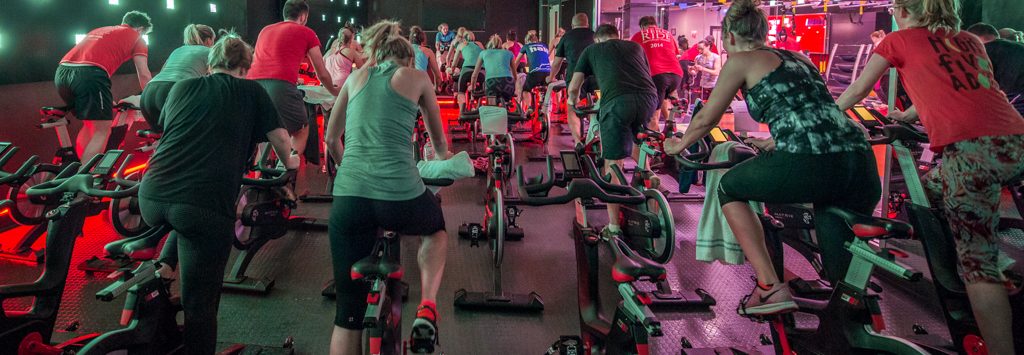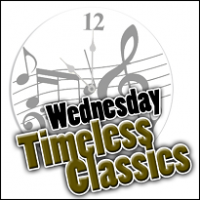Welcome to the Indoor Cycling Association
Friday Favorites: A Cheeky, Fun Warm-Up* (*Use Sparingly)
Consider giving this cover of a fun 1960s song a try!Read more…
Profile: This Is How Legends Are Made
This profile and playlist are on fire! I originally created this ride for the Tokyo Olympics and refer to Olympic athletes throughout, but it doesn’t have to be a profile you use just during the Olympics. Use it anytime you want a motivational, empowering ride. It makes a great “master class” for a special event.Read more…
Mainstream Music Monday: Epic Sound Journey Through Time and Space
Feel the planets and stars move around you as you spiral up through the atmosphere with this extended, uplifting progression of synths and melodics in a 3-2-1 profile.Read more…
Friday Favorite: Something for the Early-Morning Crew
If you’re a fan of Cafe Del Mar to Khruangbin you’ll like this soft summer cool-down. Read more…
Wednesday Timeless Classics: A Wild Ride
Ever wonder what psychedelic trance is? Well, here you go. The tempo makes for a fast-paced, vigorous, energetic climb or big-gear flat road, perfect for an undulating mountain bike simulation.Read more…
Tokyo Olympics: Modify One of Our Past Three Olympic Profiles for These Games
In celebration of the Tokyo Olympics, here are three Olympics profiles from our archives. You can swap out songs from three playlists with hundreds of tracks to choose from: our updated Olympics playlist, one with songs about winning and victory, and another we call “Game Time,” with tracks good for just about any sport. Read more…
Friday Favorites: Laidback Summer Pop Song
Infectious cool-down song that gives off summer vibes and offers a sing-along chorus.Read more…
Mainstream Music Monday: When It’s Time for Recovery
Great pop tune that lets you push the need for “active recovery.”Read more…
Friday Favorites: Bouncy, Poppy Warm-Up
A nice, easy-feeling bop this pop group put out a little over 15 years ago. This is a Friday “favorite” of mine, and I hope you love it too!Read more…






